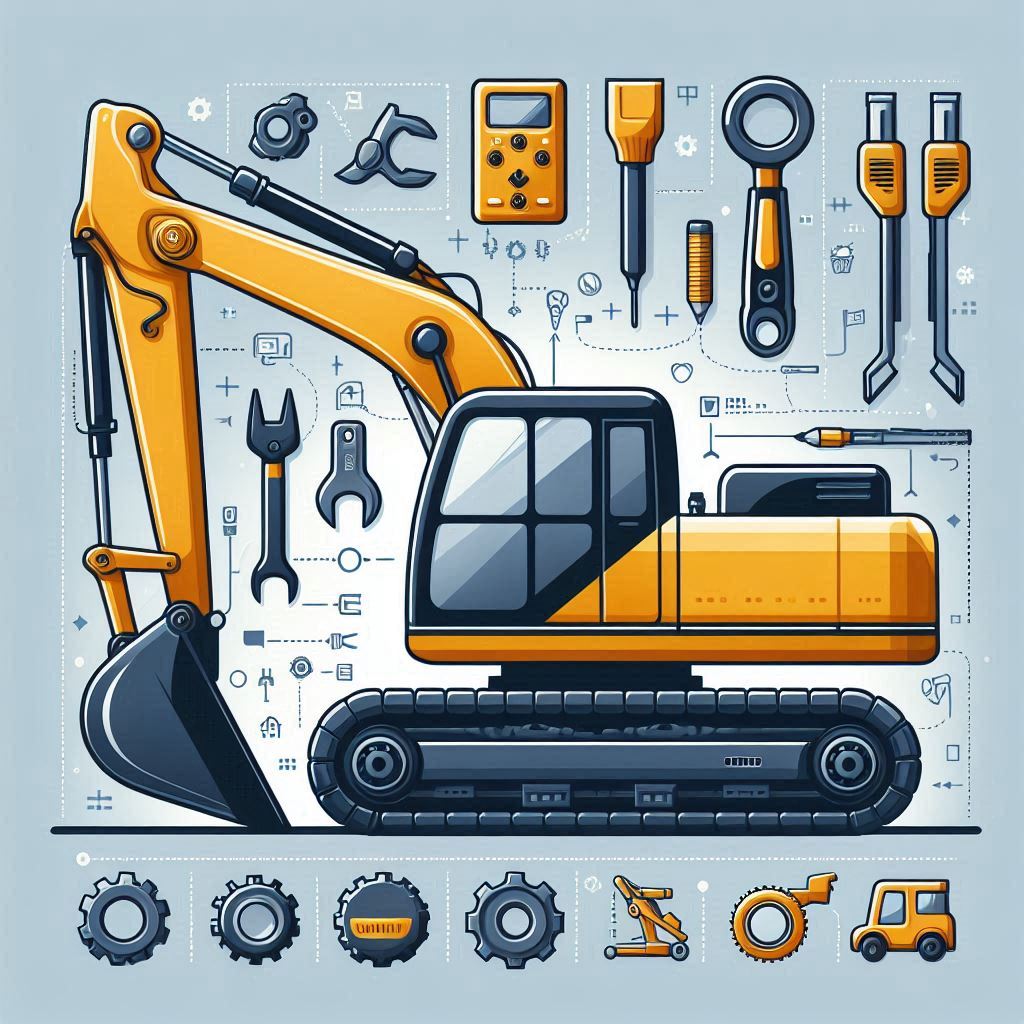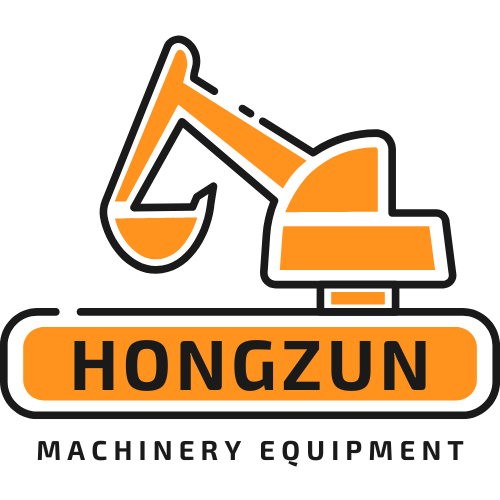Excavator Basics
Excavator are one of the most versatile and powerful machines used in construction, mining, and landscaping. But what makes them so essential? Whether you’ve seen them digging up the ground or demolishing buildings, excavators play a critical role in heavy-duty tasks. This article will break down the key features, types, and functions of excavators to help you understand why they’re indispensable on job sites.

Types of Excavators
Excavators come in various shapes and sizes, each designed for specific tasks. Here’s a closer look at the most common types:
1. Crawler Excavator
Crawler excavators use tracks instead of wheels, giving them better stability and traction on rough terrain. They are perfect for heavy digging and lifting operations on uneven surfaces.
2. Wheeled Excavator
Unlike crawler excavators, wheeled excavators are mounted on rubber tires, making them more maneuverable on paved roads and smooth surfaces. They are often used in urban construction projects.
3. Suction Excavator
Suction excavators use powerful vacuum systems to remove soil and debris. They are ideal for delicate operations where minimal ground disruption is required.
4. Dragline Excavator
These excavators use a large bucket attached to a long boom. Dragline excavators are typically used for underwater excavations and large-scale mining projects.
5. Long Reach Excavator
Long reach excavators have extended booms and arms, making them suitable for dredging and working in hard-to-reach areas.
6. Mini Excavator
Mini excavators are compact and lightweight, perfect for smaller jobs like trenching, landscaping, and working in tight spaces.
Key Components of an Excavator
To fully understand how an excavator works, it’s important to first explore its key components. These parts work together seamlessly to ensure the machine operates efficiently:
1. Boom, Stick, and Bucket
To begin with, the boom serves as the connection between the machine body and the stick. Next, the stick determines how far the bucket can reach and how deep it can dig. Finally, the bucket is responsible for scooping and carrying materials, making it an essential part of the excavation process.
2. Hydraulic System
Moreover, the hydraulic system is the powerhouse of the excavator. It powers the movement of the boom, stick, and bucket by using pressurized fluid, which allows for smooth and precise operations.
3. Tracks and Wheels
Additionally, the excavator’s mobility relies on its tracks or wheels. Tracks provide excellent stability when working on uneven terrain, while wheels offer improved mobility on smoother, paved surfaces.
4. Operator’s Cab
Lastly, the operator’s cab is the control center of the excavator. This is where the operator uses joysticks and pedals to maneuver the machine with precision and ease.
Primary Functions of Excavator
Excavators are highly versatile machines that are designed to handle a variety of tasks efficiently. Here are some of their primary functions:
1. Digging and Trenching
To begin with, excavators excel at digging deep trenches and moving large volumes of soil. Whether you’re working on construction sites or landscaping projects, they make excavation tasks faster and more precise.
2. Material Handling
Moreover, excavators are equipped to lift and transport heavy materials, such as pipes and construction debris. Thanks to their powerful hydraulic systems, they can manage heavy loads with ease, making them an essential tool for material handling.
3. Demolition
With the right attachment, excavators can efficiently tear down buildings and break through concrete. This makes them indispensable for demolition projects, especially when precision and power are required.
4. Grading and Landscaping
Lastly, excavators are ideal for shaping terrain and creating smooth surfaces for construction. Whether it’s leveling land for a new structure or enhancing the contours of a landscape, they offer unmatched accuracy and efficiency.
How Excavators Work
1. Hydraulic Operation
Hydraulic cylinders control the boom, stick, and bucket, allowing for precise movements.
2. Control System
Operators use joysticks and foot pedals to manage the machine’s movements.
3. Attachments and Versatility
Different attachments (e.g., augers, breakers) increase the machine’s versatility.
Advantages of Using Excavator
1. Efficiency and Speed
Excavators reduce the time and labor required for heavy-duty tasks.
2. Versatility
With various attachments, excavators can handle multiple types of jobs.
3. Reduced Labor Costs
Fewer workers are needed when using excavators, reducing overall project costs.
Maintenance Tips for Excavator
1. Regular Inspection
Check for wear and tear regularly to prevent breakdowns.
2. Lubrication and Cleaning
Keep moving parts lubricated and free from dirt and debris.
3. Hydraulic System Maintenance
Ensure hydraulic fluid levels are optimal and check for leaks.
Safety Tips When Operating Excavators
1. Pre-Operation Checklist
Inspect the machine for any damage or loose parts before starting.
2. Safe Operating Techniques
Use proper lifting and digging techniques to avoid accidents.
3. Emergency Procedures
Know how to shut down the machine quickly in case of emergency.
Common Challenges and Troubleshooting
1. Hydraulic Leaks
Check hoses and seals for damage if the hydraulic system loses pressure.
2. Engine Problems
Ensure fuel and oil levels are correct and change filters regularly.
3. Track and Wheel Issues
Inspect tracks and wheels for wear and replace them as needed.
Future Trends in Excavators
1. Electric and Hybrid Excavators
Manufacturers are developing more environmentally friendly models.
2. Automation and AI
Self-operating excavators with AI-based controls are becoming more common.
Conclusion
Excavators are an essential part of modern construction and excavation work. Their versatility, power, and efficiency make them invaluable for a wide range of tasks. By understanding the different types, functions, and maintenance requirements, you can ensure that your excavator operates at peak performance.
FAQs
1. What are the most common types of excavators?
Crawler, wheeled, suction, dragline, long reach, and mini excavators are the most common types.
2. How does the hydraulic system work in an excavator?
The hydraulic system uses pressurized fluid to power the movement of the boom, stick, and bucket.
3. What is the lifespan of an excavator?
With proper maintenance, an excavator can last between 7,000 and 10,000 hours of operation.
4. Can excavators be used for underwater operations?
Yes, dragline and long reach excavators are often used for underwater work.
5. How do I choose the right excavator for my project?
Consider the type of work, terrain, and required attachments when choosing an excavator.
6. How much does an excavator cost?
Get a quote at Hong zun Machinery Straight from the Manufacturer.
